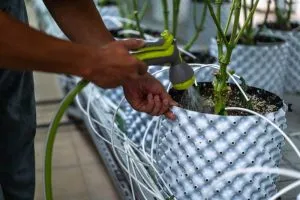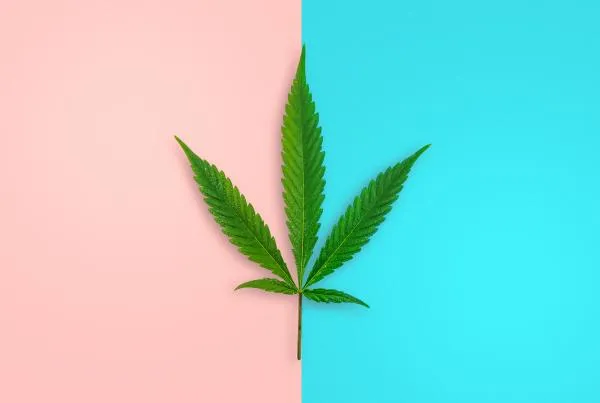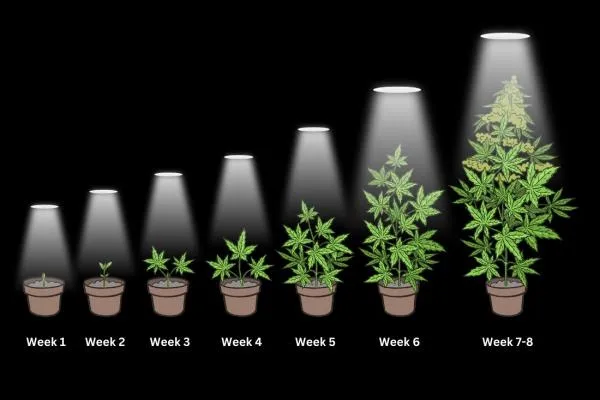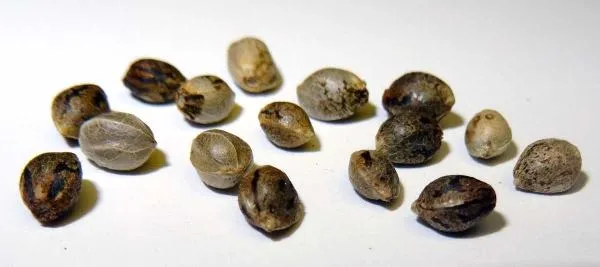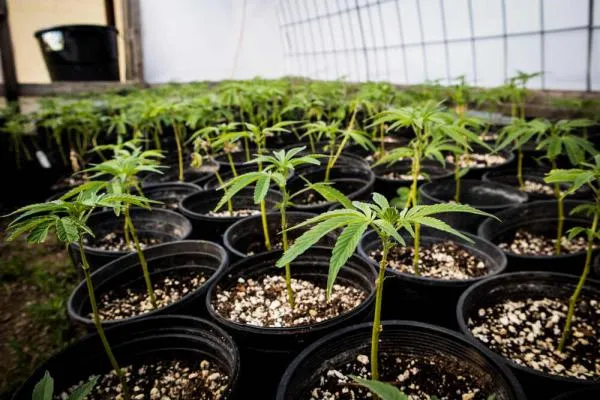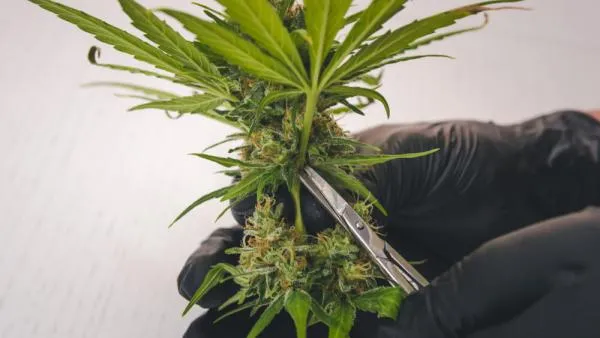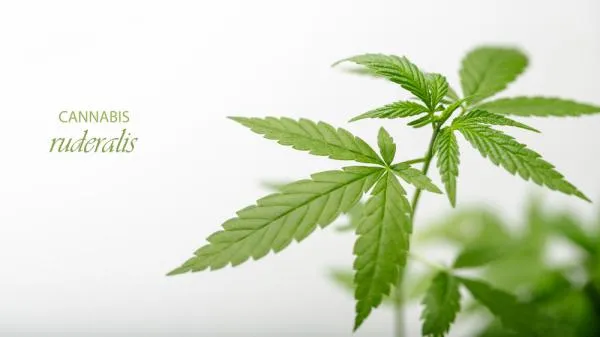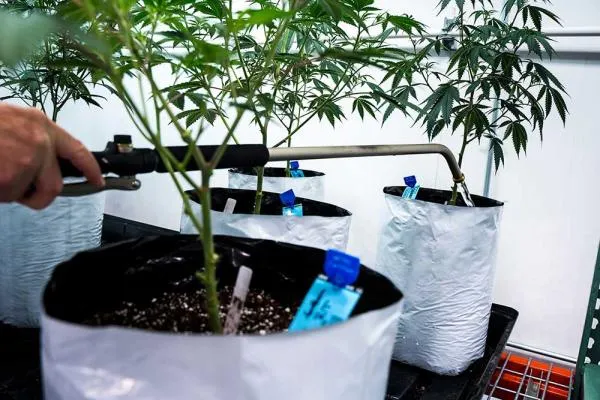Understanding Flushing in Autoflowering Cannabis Cultivation
Flushing cannabis plants is one of those topics that gets a lot of debate in the cannabis community. Some growers swear by it, while others think it's overrated. But if you want the cleanest and smoothest smoke possible from your autoflowers, flushing is something you should absolutely understand and use to your advantage.
Flushing refers to the process of stopping all nutrients and feeding your plants only water for a certain period before harvest. This allows your autoflowers to use up any stored nutrients in their leaves and buds, which can improve the overall flavor, taste and burn quality of the final product.
- Understanding Flushing in Autoflowering Cannabis Cultivation
- Optimal Timing for Flushing Autoflowering Plants
- Step-by-Step Guide to Flushing Autoflowers
- Flushing Considerations Based on Growing Medium
- Common Mistakes to Avoid During the Flushing Process
- Frequently Asked Questions About Flushing Autoflowers
What Is Flushing and Why Is It Important?
Flushing is essentially a detox for your cannabis plants. Over time, nutrients and minerals build up in the plant tissues, which can leave behind harsh residues when burned. If you've ever smoked weed that left a black, crackling ash or had a harsh chemical aftertaste, chances are it wasn’t flushed properly.
When you flush, you’re encouraging the plant to use up these stored nutrients instead of leaving them behind in the buds. This results in:
- A smoother smoke
- Cleaner, white ash instead of black, tarry residue
- Enhanced terpene expression, meaning better taste and aroma
- Reduced risk of coughing and throat irritation
How Flushing Affects the Quality of Your Harvest
If you’ve ever smoked cannabis that tasted chemically or left a scratchy feeling in your throat, improper flushing might be the culprit. When you flush, you’re essentially removing excess salts and nutrients that could significantly affect the overall quality of your buds. Properly flushed weed burns evenly, tastes pure and doesn't have that chemical bite.
Some growers argue that organic soil-grown cannabis doesn’t need flushing because it’s already a natural process. However, for those using synthetic nutrients in hydroponic or coco setups, flushing is key to getting a top-tier final product.
Optimal Timing for Flushing Autoflowering Plants
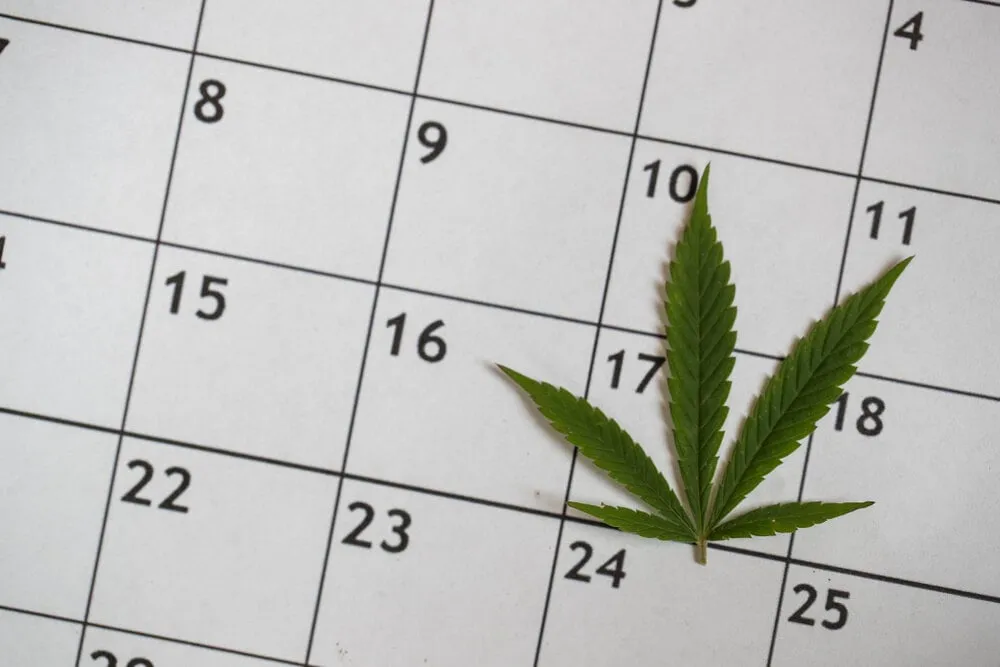
Timing your flush right is the difference between enhanced flavor and unintentionally starving your plants too soon. Autoflowers grow fast, so getting this right is important.
Recognizing the Right Time to Initiate Flushing
Flushing should begin about 1 to 2 weeks before harvest. But how do you know when that is? Since autoflowers don’t rely on light cycles, they have a set timeline from seed to harvest. Typically, you’ll want to start flushing:
- Around week 7-9 for a 10-week strain
- Around week 9-11 for a 12-week strain
The easiest way to tell if your autoflower is ready for flushing is by looking at the trichomes, bract and calyx development, brown pistil ratio and overall plant health.
The Role of Trichome Development in Determining Flush Timing
Trichomes are the tiny, crystal-like structures covering your buds. They hold the cannabinoids and terpenes that make your weed potent and flavorful. You’ll need a jeweller’s loupe or a magnification tool to check them properly.
Here’s what to look for:
- Clear trichomes – Too early, your plant is still developing THC.
- Milky/cloudy trichomes – This is the peak THC stage and the best time to start flushing.
- Amber trichomes – More amber means THC is degrading into CBN, leading to a more sedative effect. If you want a more relaxing high, flush when you see 10-20% amber trichomes.
Step-by-Step Guide to Flushing Autoflowers
Flushing isn’t just about dumping water into your soil. There’s a right way to do it to get the best results and to avoid overwatering your growing medium.
Preparing Your Plants and Growing Medium
Before you begin flushing, you’ll want to:
- Check your runoff water’s PPM (parts per million). If it’s high (above 1000 PPM), your plants still have a lot of built-up nutrients.
- Stop all nutrient feedings. From this point on, it’s just pure, pH-balanced water.
- Lower the pH of your water slightly. Aim for 6.0-6.5 in soil or 5.5-6.0 in hydroponic/coco systems to help your plants absorb remaining nutrients more efficiently.
Flushing Techniques for Soil-Grown Autoflowers
For soil-grown autos, the goal is to slowly reduce nutrient buildup. Here’s how:
- Water with plain, pH-balanced water for 10-14 days before harvest.
- Use 3x the pot size of water. If you have a 3-gallon pot, flush with 9 gallons of water over a few days.
- Check the runoff water. Once it gets below 50 PPM, you’re in the clear.
Flushing Methods for Hydroponically Grown Autoflowers
Hydro and coco systems work differently than soil, so flushing is a bit faster:
- Stop nutrients and switch to plain water for 5-7 days.
- Add a flushing agent like FloraKleen or Clearex to help remove salts.
- Keep monitoring PPM levels. Once it’s near 0-50 PPM, your flush is complete.
Flushing Considerations Based on Growing Medium
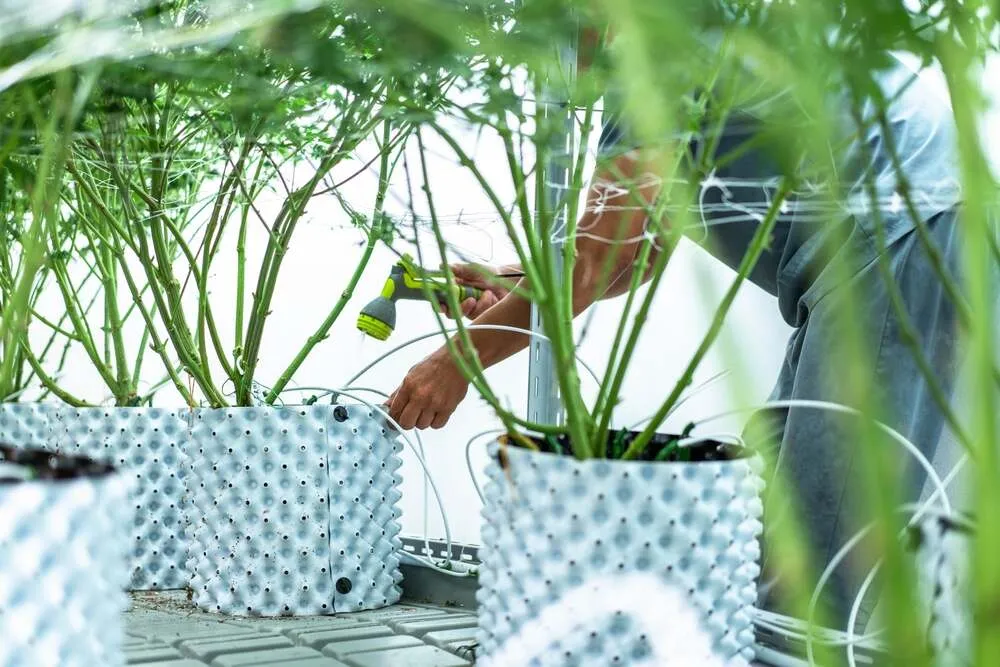
Your growing medium plays a big role in how long and how well your flush goes.
Flushing Practices for Organic Soil Cultivation
If you’re growing in fully organic, living soil, you may not need a flush at all. Since there are no synthetic salts to remove, the plant naturally breaks down nutrients as it matures. Instead, just reduce watering slightly in the last week before harvest to let the plant finish up naturally.
Adjusting Flushing Duration for Coco Coir and Hydroponic Systems
Coco and hydro growers need to be more precise. Since these mediums hold onto nutrients differently than soil:
- Coco growers should flush for 7-10 days with plain water or a mild flushing solution, checking the runoff solution.
- Hydro growers should flush for 5-7 days, constantly monitoring PPM and pH levels
.
Common Mistakes to Avoid During the Flushing Process
Flushing sounds simple, but there are a few common mistakes that can degrade your final product.
Overwatering Risks and How to Prevent Them
Flushing doesn’t mean drowning your plants. If you’re in soil, don’t pour in excessive amounts of water all at once. Instead, space it out over several days to avoid root rot and stress, and to keep plenty of oxygen round the roots.
Monitoring pH Levels to Ensure Effective Flushing
If your water’s pH is off, your plant won’t absorb nutrients properly, making flushing useless. Always check and adjust pH levels using pH Up or Down before watering during the flush. The best way to check is using a pH pen or pH test strip kit.
Frequently Asked Questions About Flushing Autoflowers
Below are the most commonly asked questions that growers have, when it comes to how to correctly flush cannabis plants, achieving the best results possible.
Can Flushing Encourage Flowering in Stalled Autoflowers?
No, flushing is meant for the final stage before harvest. If your autoflower isn’t flowering, the issue is more likely genetics, stress or environmental factors—not a lack of flushing.
Do Buds Continue to Develop During the Flushing Period?
Yes! Even though you’ve stopped feeding nutrients, your plant is still maturing. It’ll continue to ripen, develop more terpenes and improve in overall quality.
Flushing your autoflowers is a simple but important step if you want smooth, flavorful buds without harsh chemicals. Timing is everything—start flushing when most trichomes are cloudy and use pure, pH-balanced water to encourage your plants to use up stored nutrients.
Whether you’re growing in soil, coco or hydro, getting the flush right can take your harvest from good to great. If you've never tried flushing before, give it a shot—you might be surprised at how much better your final product turns out!
